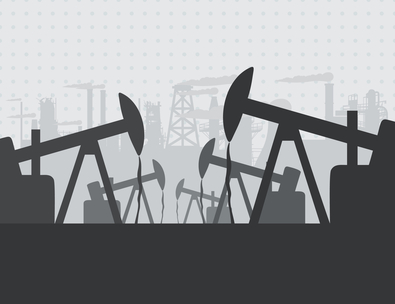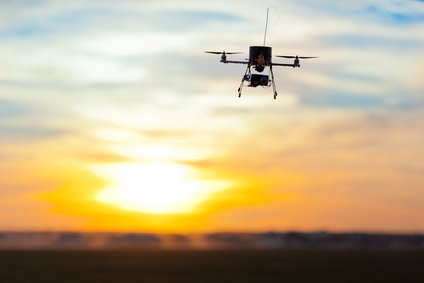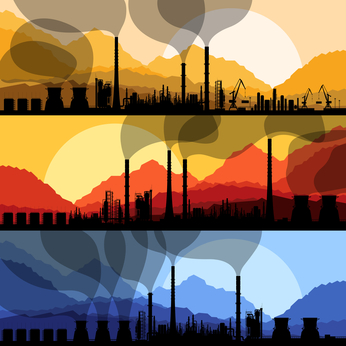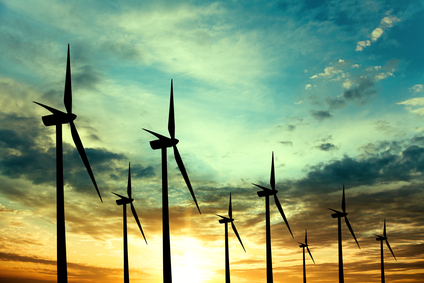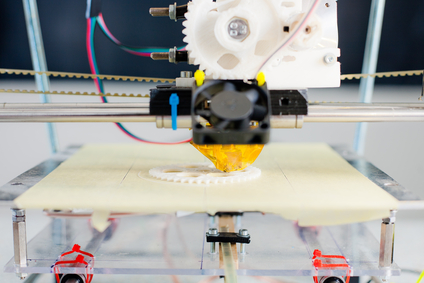Big Data for Big Oil
 Big Data for Big Oil
Big Data for Big Oil
Everyday equipment failure tends to cost oil and gas companies millions of dollars in downtime and repairs. However, it certainly doesn’t have to stay that way. In fact, by adopting predictive analytics software, or “Big Data” solutions, operators could plan for equipment problems well in advance of anything actually going wrong, pinpoint likely causes, and plan downtime strategically. The savings of these techniques could be significant.
Predictive analytics may sound obscure to some in the oil and gas industry, but investing in the use of this software is a strategic business move and a wise investment. Big data allows companies to harness the massive amount of information available in every aspect of the business, feed it into programs that recognize patterns in all of the noise, and come out with up-to-the-minute analysis and warnings of possible red flags.
The solutions offered by predictive analysis aren’t all glamourous — the programs might simply point out screws that need tightening on a specific piece of machinery. Seemingly trivial fixes like these can represent massive savings for companies by preventing any wear and tear from building up.
Currently, less than a third of executives are using big data techniques to improve their businesses. By applying this technology now, oil and gas companies can come out ahead in various ways.
- Geology Interpretation: Analyzing geology takes great risk out of well development. Any real ground breaking is a costly affair, and geo-modelling can limit the guesswork involved by predicting the behaviour of shale basins in extraction. Big data provides the analytical tools to create responsive and accurate modelling systems.
- New Well Delivery: Once a location has been modelled and chosen for development, drilling and connecting to new wells can also be improved through the use of predictive analysis systems. In order to reduce non-productive time on new wells, operators can use case-based-reasoning artificial intelligence systems to harness past experiences for future gains. These systems recognize patterns in streams of data and compare that to real-time information, and can warn operators of potential issues well before they actually appear, vastly reducing the amount of time lost in solving problems.
- Well and Field Optimization: Big data techniques allow companies to analyze large swaths of data to optimize other aspects of the extraction process as well. Unlimited by data sets, companies can not only optimize drilling, but also well spacing and completion techniques.
- Predicting Equipment Failure: Using the same pattern-recognition techniques used for well delivery, oil companies can harness information to understand if a specific piece of equipment is at risk of failure. This integration would rely on sensors within wells and on drilling equipment, and would help spot trends and provide reliable solutions. Not only that, but such data could also shift the way maintenance is scheduled, to a pattern that best responds to equipment needs.
- Intelligent Pipelines: The Intelligent Pipeline Solution is designed to improve human decision making about assets in the pipeline industry. Designed to work on a large scale, the GE and Accenture-designed software includes enterprise asset management, risk modelling tools, monitoring and alerts and is specifically tailored to pipeline needs.
Because predictive analytics remains in the early stages, it is hard to know all of the possibilities it can offer. However, there are a few areas where this software is guaranteed to be of immense value to early adopters within the oil and gas industry, providing significant advantages over the competition. At the very least, executives in the industry would benefit from considering the integration of predictive analytics in their businesses.

